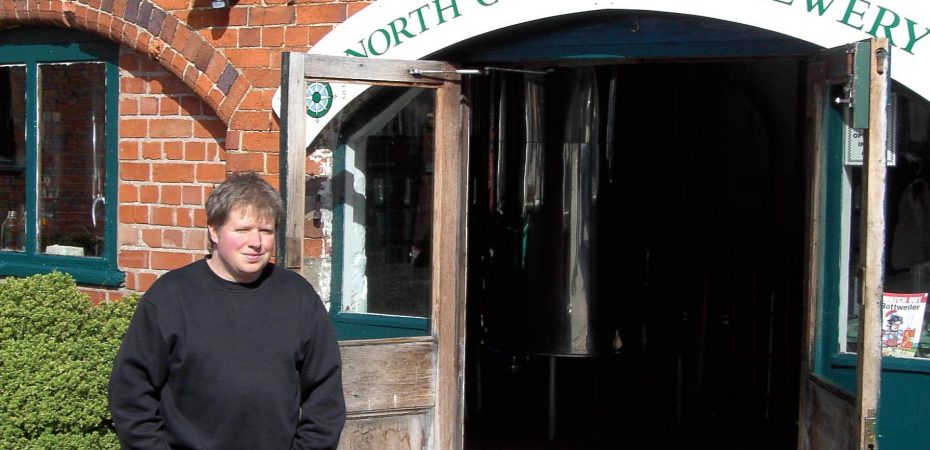Extreme beer is the current buzzword on the lips of United States craft brewers, as that country’s dynamic brewing community experiments with woodaging, triple amounts of hops, various combos of fruit and veg in the mash tun and the odd beer with peanut butter in the mix. These beers are the brewing equivalent of base-jumping or being flung from a medieval catapult, but are far safer, unless of course you drink several pints of a 20% alcohol by volume (ABV) porter.
Is it all punk rock gimmicky or pushing the boundaries of brewing? I opt for the latter and, given the constant transatlantic crossing of ideas in many aspects of life, it’s no surprise to discover that the extreme beer virus has affected a handful of British brewers.
First of all, what is an extreme beer and how does it fit into British brewing? Many are high in alcohol, such as Dogfish Head’s monumental World Wide Stout. But then we’ve had plenty of strong beers in this country for years: barley wines, stock ales and Arctic ales.
Perhaps it’s beers brewed with fruit and the sort of yeasts that lambic makers use in Belgium. Hmm, see the fruity beers of Melbourne in Lincolnshire or the tradition of cherry beers in Kent.
Then there’s Bruce Williams at Heather Ales, who has been noted for his eclectic ingredients, including heather, gooseberries, pine sprigs and spruce shoots, for ages. Are all these to be lumped under the title of extreme beer?
When it comes down to it, the term extreme beer seems hard to pin down.
There are no rules, no membership of the club and no constitution that says this is an extreme beer. So it seems best to look at those British brewers who are stretching the boundaries of what constitutes a beer and let everyone else work out if it is extreme.
What we could call extreme beers tend to come from the newer kids on the brewing block, postmodernist pioneers who are happy to take their inspiration from the past and the present, as well as from across the Atlantic. Some of the most innovative beers at the moment are coming from Thornbridge Country House Brewery, up in south Derbyshire. Its stunning IPA Jaipur is winning hearts and minds everywhere but look out for its more unusual takes on beer. For instance, the gorgeous St Petersburg Whisky Reserve is an imperial Russian stout aged in different whisky barrels. The brewery’s Simon Webster takes up the story.
“We wanted to look at how beer worked with wood and thought a great link up would be whisky casks and our imperial stout,” he says. “We bought some casks from Scotland, which included Mortlach, Caol Ila and Macallan, and then filled them with Saint Petersburg and stored them away.
After 300 days of monitoring we tested them and found that the results were amazing. Not only had they taken the characteristics of each of the whiskies but they had also moved in strength.
“A 7.7% stout had gone into the casks and three stunning beers had emerged with ABVs of 8.2%, 9.4% and 10.2%. We bottled them in half Champagne bottles and in view of the limited supply we decided that they would be £4 per bottle and you could only buy a case of 12, which included four of each. Furthermore you had to come to the brewery to buy them! We could have sold them 10 times over — we have held some back and will malt from Bamberg and maple syrup, while it was matured in rum oak casks for four months.
This Article is from Beers of the World Issue 13, and the rest can be found here.

